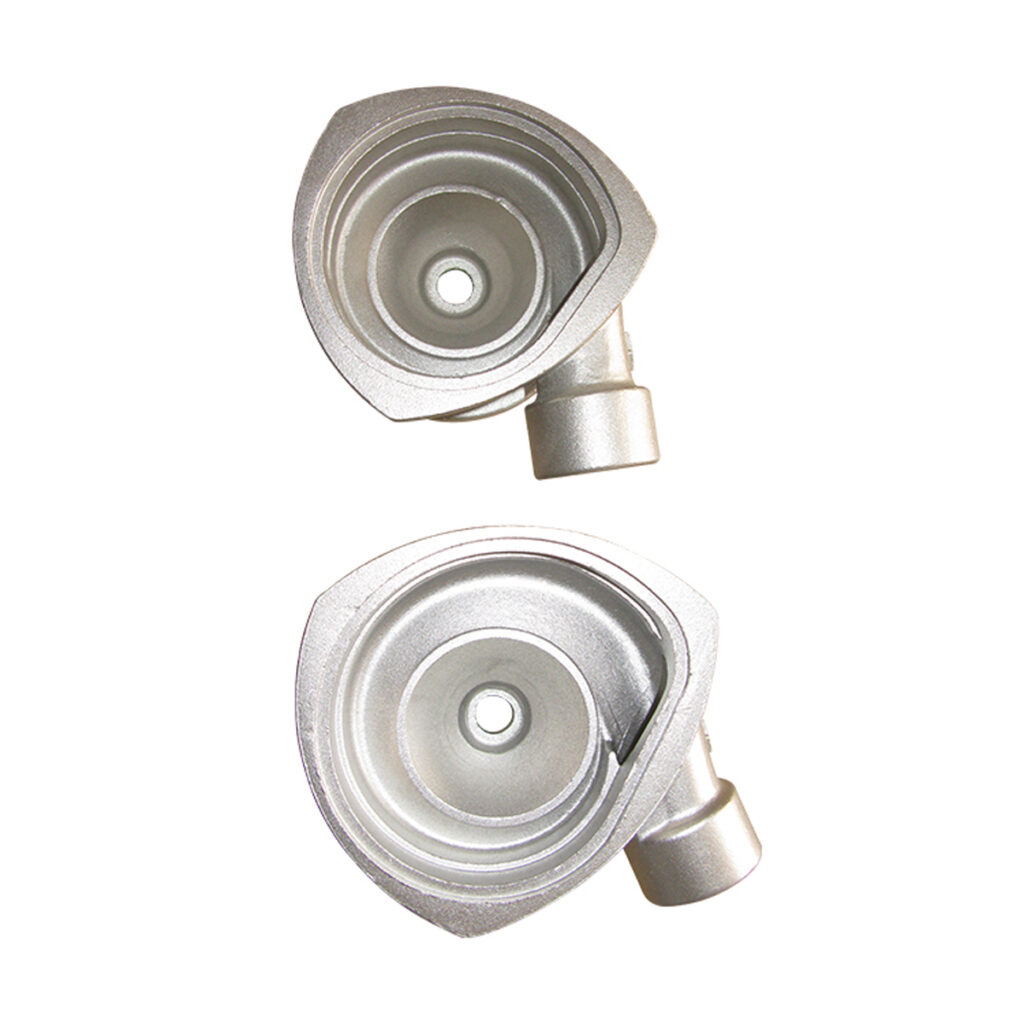Introduction
The ability to produce both 5-gram micro components and 50-kg industrial castings using silica sol investment casting represents the pinnacle of foundry versatility. However, the process control strategies diverge dramatically across this 10,000x weight range. As a certified supplier to medical device manufacturers and heavy equipment OEMs, we reveal how to optimize the silica sol process for both extremes of the size spectrum.
1. Material Selection Strategy
1.1 Alloy Considerations by Size
| Parameter | Micro Castings (<50g) | Large Castings (>10kg) |
|---|---|---|
| Preferred Alloys | 316L, Pure Titanium | Duplex Stainless, Low Alloy Steel |
| Fluidity Requirement | Ultra-thin walls demand high fluidity | Thick sections tolerate lower fluidity |
| Grain Structure | ASTM E112 Grain Size 8-10 required | Grain Size 4-6 acceptable |
Case Example:
A 7g surgical instrument in 316L required vacuum-assisted pouring to fill 0.3mm channels, while a 42kg valve body used gated bottom pouring to prevent shrinkage.
2. Wax Pattern Production
2.1 Tooling & Injection Comparison
| Factor | Micro Castings | Large Castings |
|---|---|---|
| Mold Type | Aluminum micro-molds | Steel dies |
| Injection Pressure | 80-100 bar | 30-45 bar |
| Draft Angles | 0.25-0.5° | 1.5-3° |
| Pattern Assembly | Robotic clustering (50-100 patterns/tree) | Manual assembly (2-4 patterns/tree) |
Critical Finding:
Micro patterns require temperature-controlled wax (28±0.5°C) to prevent dimensional drift during handling.
3. Shell Building Techniques
3.1 Ceramic Shell Strategies
| Layer | Micro Castings | Large Castings |
|---|---|---|
| Primary Coat | Colloidal silica + 400 mesh zircon | Colloidal silica + 80 mesh alumina |
| Stucco | 70-100 mesh fused silica | 30-50 mesh mullite |
| Total Thickness | 3-5mm | 12-20mm |
| Drying Time | 45-60 min/layer | 2-4 hrs/layer |
Innovation Spotlight:
For micro castings, we developed a nano-zirconia slurry that withstands 1700°C while maintaining 0.1mm feature resolution.
4. Pouring & Solidification
4.1 Process Parameters
| Variable | Micro | Large |
|---|---|---|
| Pour Temp | +300°C above liquidus | +150°C above liquidus |
| Vacuum Level | 0.01 mbar | 0.5 mbar |
| Cooling Rate | 15-20°C/sec (water quenching) | 1-2°C/min (controlled furnace) |
| Riser Design | No risers (100% yield) | Multiple exothermic risers |
Failure Analysis:
Fast cooling in micro castings causes hot tears unless proprietary grain refiners are added.
5. Technical Comparison Table
| Parameter | Micro (5-50g) | Large (5-50kg) |
|---|---|---|
| Pattern Cost | $12-50/part | $200-800/part |
| Lead Time | 2-3 weeks | 6-8 weeks |
| Surface Finish | Ra 0.4-0.8μm | Ra 3.2-6.3μm |
| Typical Tolerance | ±0.05mm | ±0.15mm |
| Annual Volume | 50,000+ | 500-5,000 |
6. Case Studies
6.1 Medical Micro Implant Success
- Part: 9g titanium neural probe housing
- Challenge: 0.15mm diameter fluidic channels
- Solution:
▶ Silicon wax patterns printed at 25μm resolution
▶ Centrifugal casting at 3000 RPM - Result: 98% first-pass yield
6.2 Heavy Industrial Valve Body
- Part: 38kg super duplex check valve
- Challenge: Sigma phase formation during cooling
- Solution:
▶ Controlled argon cooling at 8°C/min
▶ Predictive modeling of δ-ferrite content - Result: Passed NACE MR0175 sulfide stress cracking tests
7. Quality Control Methods
7.1 Inspection Technologies
| Method | Micro Application | Large Application |
|---|---|---|
| X-Ray | 2μm resolution micro-CT | 450kV dual-wall imaging |
| Dimensional | Optical comparator (±2μm) | Laser tracker (±0.05mm/m) |
| Leak Test | Helium mass spec (10⁻⁹ mbar·l/s) | Hydrostatic (1.5x working pressure) |
Statistical Process Control:
Micro castings demand CpK >2.0 on critical dimensions vs CpK >1.67 for large components.
8. Implementation Roadmap
Step 1: Design Review
- Identify critical features and tolerance requirements
- Select appropriate alloy and process route
Step 2: Process Development
- Optimize parameters through design of experiments
- Validate with prototype runs
Step 3: Production Ramp-up
- Implement statistical process control
- Establish continuous improvement system



One Response
Why Partner With Us?
✔ Dual-Scale Production Lines: Separate cells for micro/macro casting
✔ Material Science Lab: On-site OES, SEM, and EDS analysis
✔ End-to-End Solutions: From wax pattern to final machining